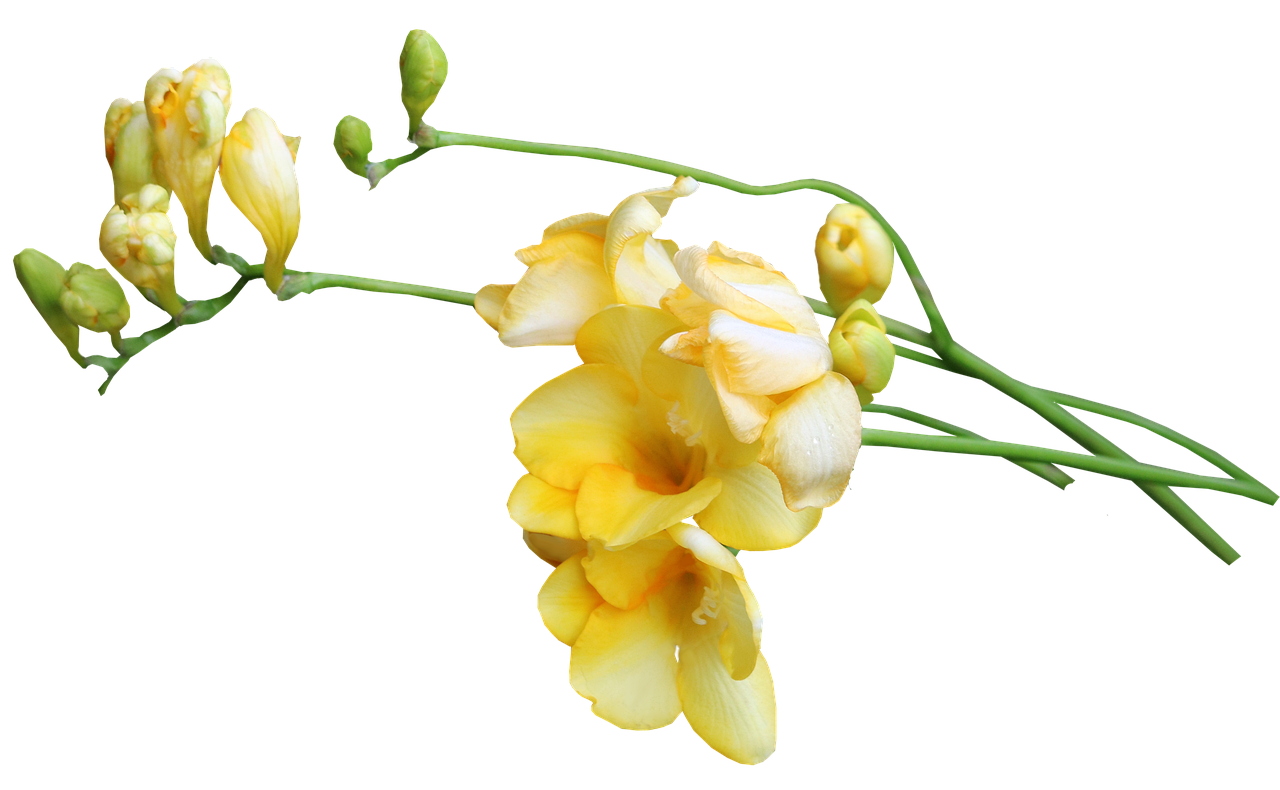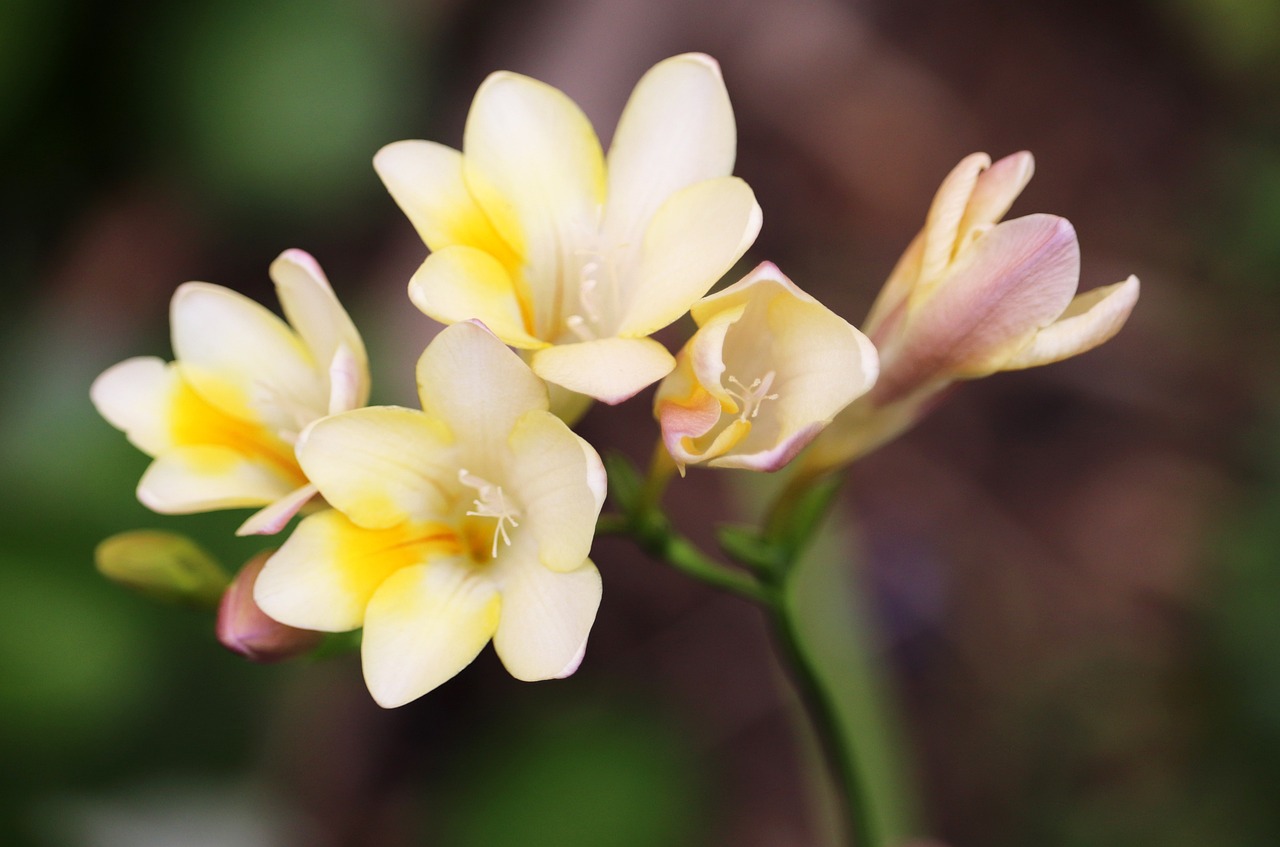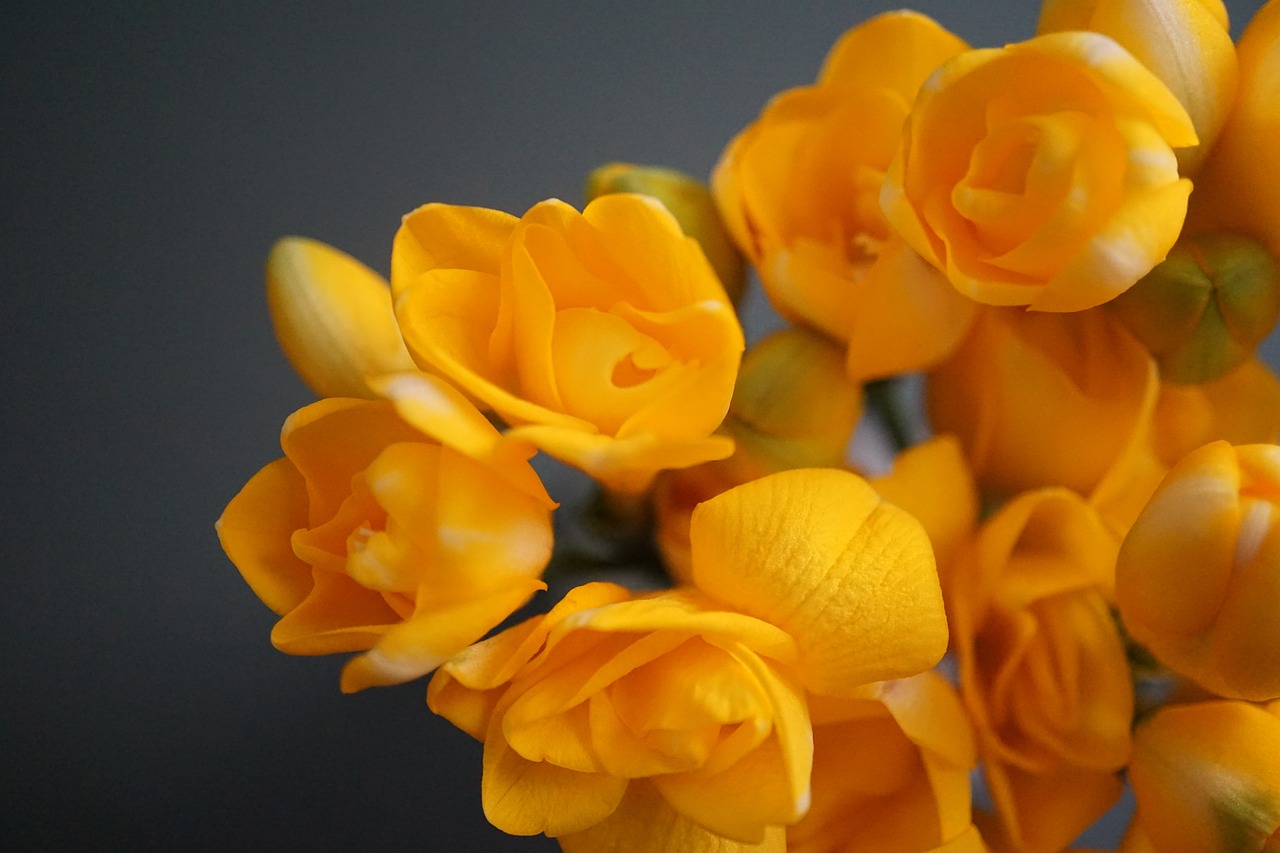“`html
Freesia: A Guide to the Beautiful Fragrant Flower
Freesias are among the most beloved flowers worldwide, known for their vibrant colors and delightful fragrance. In this comprehensive guide, we will delve into everything you need to know about freesias, from their basic characteristics, habitat, and symbolism to practical tips on how to cultivate them successfully in your home garden.
Understanding Freesia
Habitat and Characteristics
Native to South Africa, freesias are part of the Iridaceae family, thriving in sunny environments with well-drained soil. They are perennial plants, growing from corms, which are similar to bulbs. Freesias are distinguished by their funnel-shaped blossoms that come in a spectrum of colors, including yellow, white, pink, red, and purple. These flowers typically bloom in spring and are celebrated for their strong, pleasant scent.
Symbolism and Meaning
Freesias carry a rich symbolic meaning, often associated with innocence, trust, and friendship. The white freesia, in particular, is a popular choice for weddings, symbolizing purity and innocence. In the language of flowers, gifting freesias is a gesture of trust and thoughtfulness, making them a perfect gift for friends and loved ones.
How to Grow Freesia
Planting Freesia Corms
Freesias are relatively easy to grow, whether in the garden or indoors in pots. For outdoor planting, choose a location with full sun to partial shade. The soil should be well-drained and rich in organic matter. Plant the corms about 2 inches deep and 3 inches apart, pointed end up, during the fall in warmer climates or early spring in cooler areas.

Watering and Feeding
Freesias require regular watering, but it is crucial to avoid waterlogging. They prefer moist soil, but the corms may rot if overwatered. Once the plants are established, reduce watering to allow the soil to dry out slightly between waterings. Fertilize with a balanced liquid fertilizer every two weeks during the growing season to ensure robust blooms.
Temperature and Light Requirements
Freesias thrive in temperatures between 50-70°F (10-21°C). They need plenty of bright, indirect sunlight if grown indoors. Outdoors, they appreciate a sunny spot but can tolerate some afternoon shade in hotter climates.
Pest and Disease Management
Freesias are generally resilient but can be susceptible to pests like aphids and spider mites. Regular inspection and treatment with insecticidal soap or neem oil can help manage these issues. Ensure good air circulation around the plants to prevent fungal diseases such as powdery mildew.
Aftercare and Overwintering
After flowering, allow the foliage to die back naturally, as this helps the corms store energy for the next growing season. In colder regions, dig up the corms before the first frost and store them in a cool, dry place until replanting in spring.

Additional Tips for Freesia Enthusiasts
Using Freesias in Floral Arrangements
Freesias make excellent cut flowers due to their long vase life and delightful fragrance. When cutting, choose stems with a few open flowers and several buds to enjoy the blossoms for an extended period. Mix them with other spring flowers like tulips and lilies for a vibrant bouquet.
Freesia Varieties to Explore
There are numerous freesia cultivars to explore, each offering unique colors and patterns. Some popular varieties include ‘Alba’ with its pure white flowers, ‘Red Lion’ known for deep red blooms, and ‘Blue Heaven’ which presents a striking lavender-blue hue. Exploring different varieties can add diversity and interest to your garden or floral arrangements.
Environmental Benefits of Growing Freesias
Freesias are not only beautiful but also beneficial to the environment. They attract pollinators such as bees and butterflies, contributing to the health of your garden ecosystem. By planting freesias, you are supporting biodiversity and creating a haven for these essential creatures.
Conclusion
Freesias are more than just a pretty face in the flower world; they bring elegance, fragrance, and ecological benefits to any garden. With their easy-growing nature and a wide array of colors, they are a delightful addition to any floral enthusiast’s collection. Whether you’re a seasoned gardener or a beginner, the joy of growing and enjoying freesias is within your reach.
For more tips on growing flowers, check out our gardening tips page. To explore more about freesia cultivation, visit the Royal Horticultural Society’s guide on freesias.
“`
